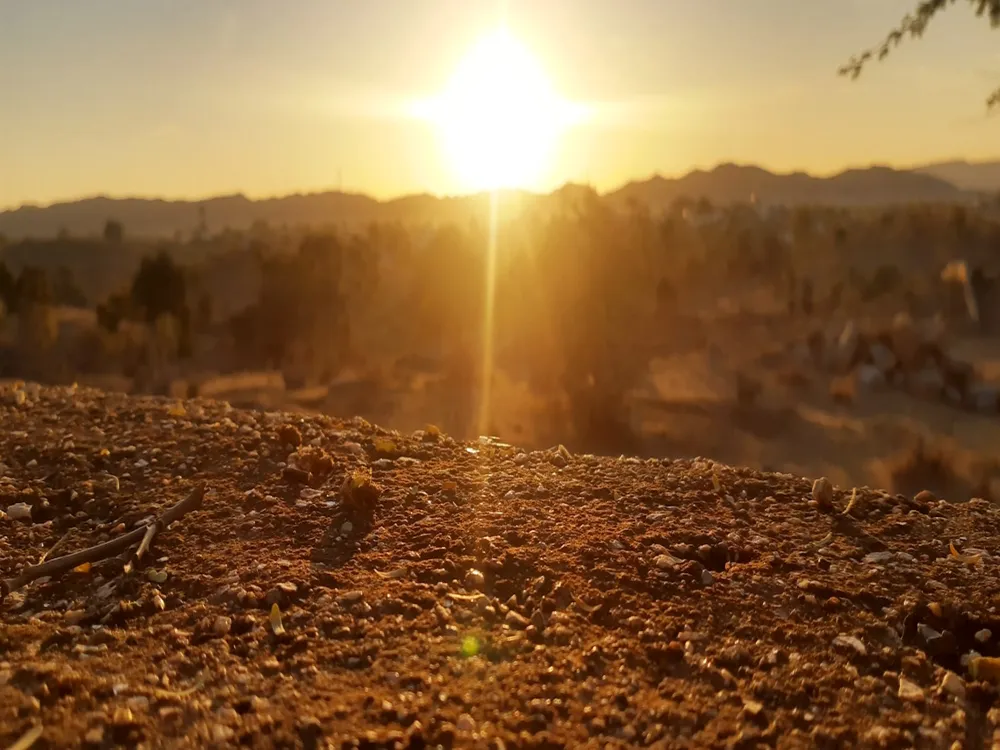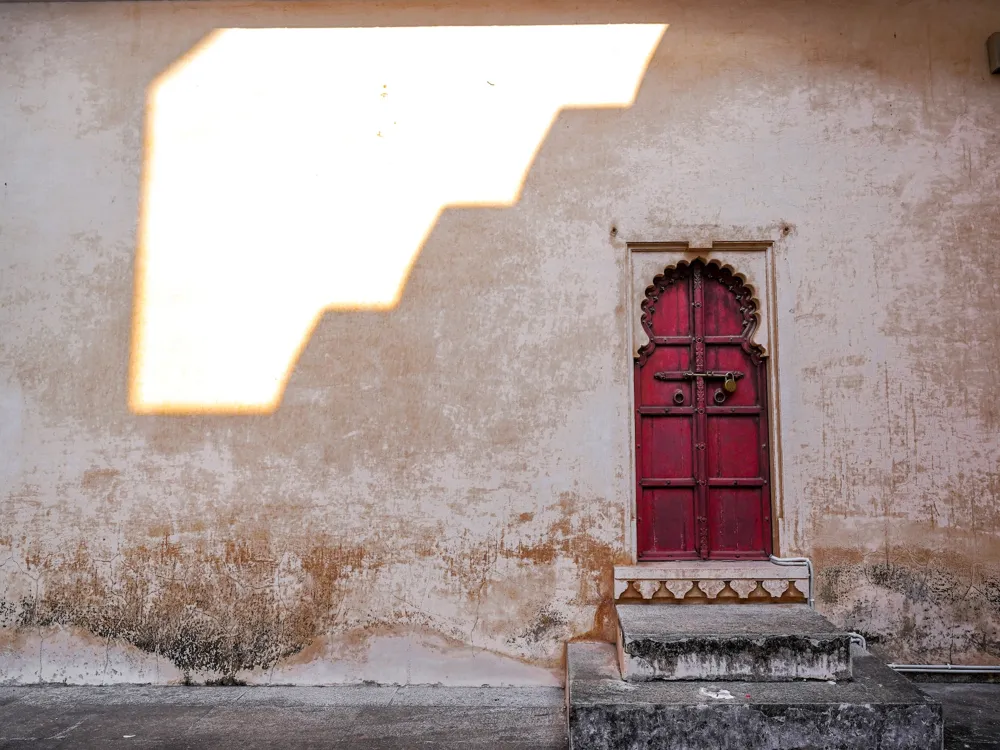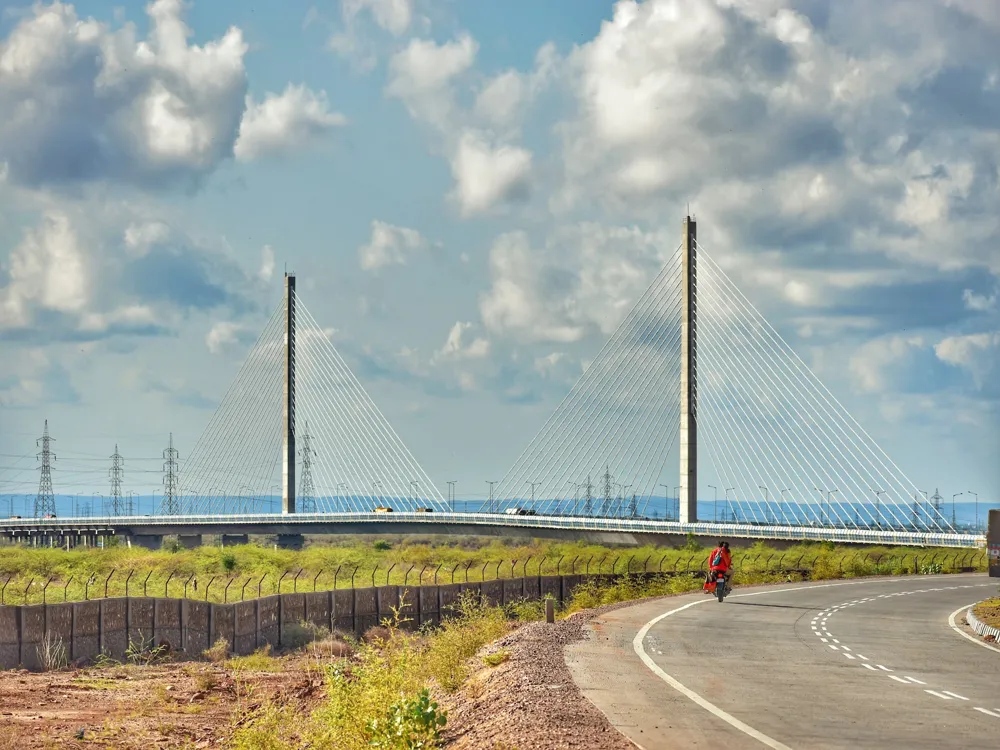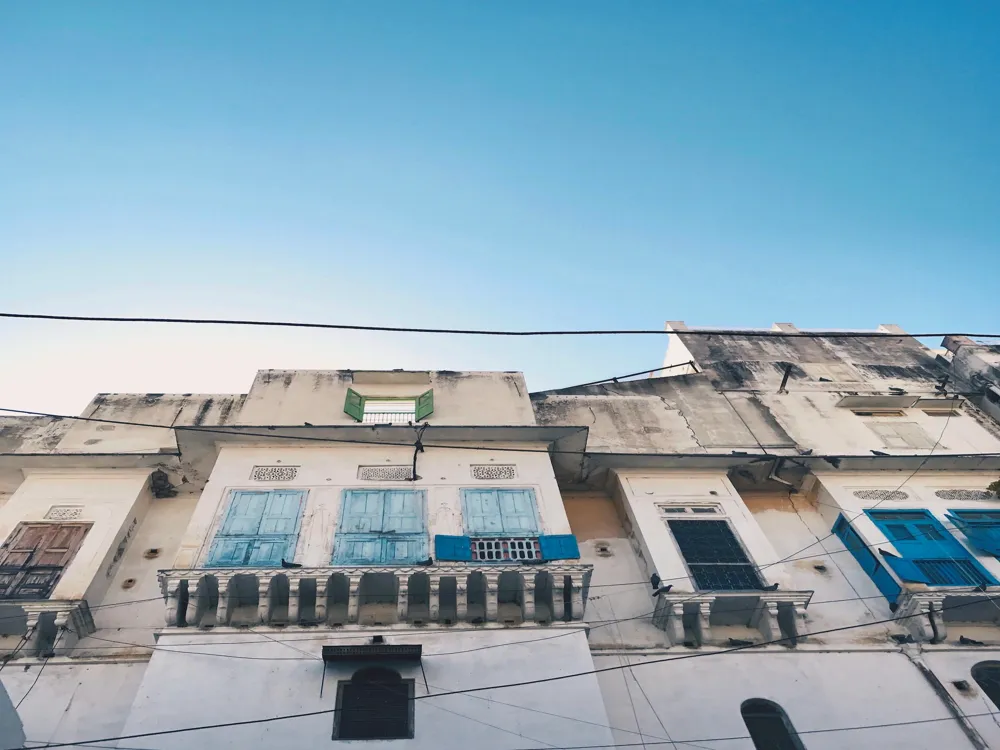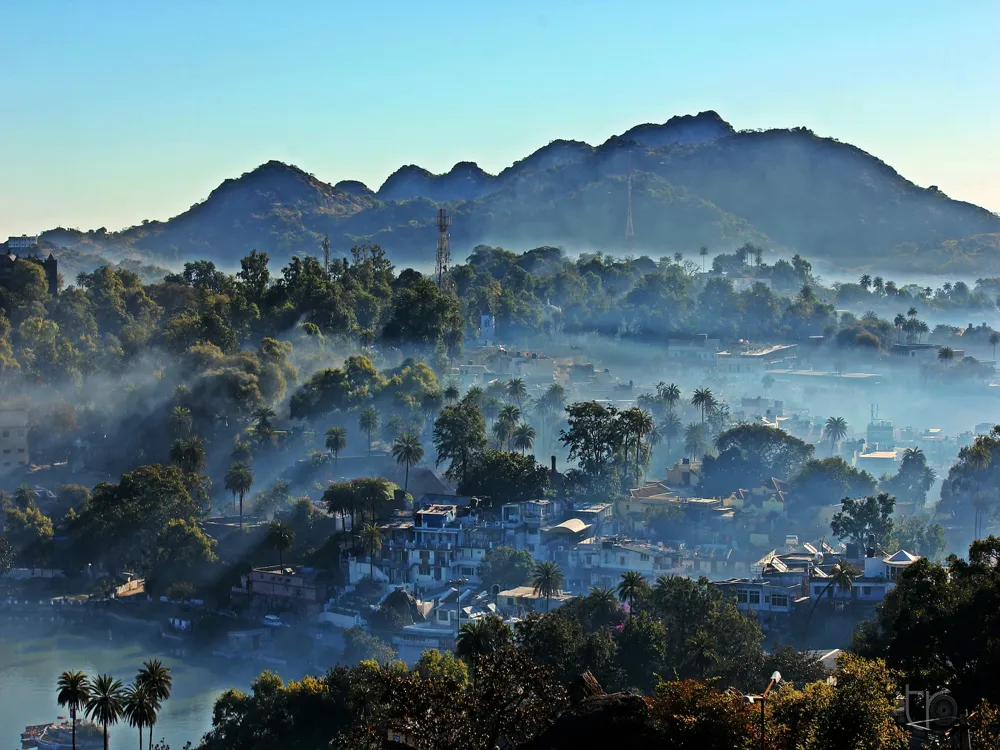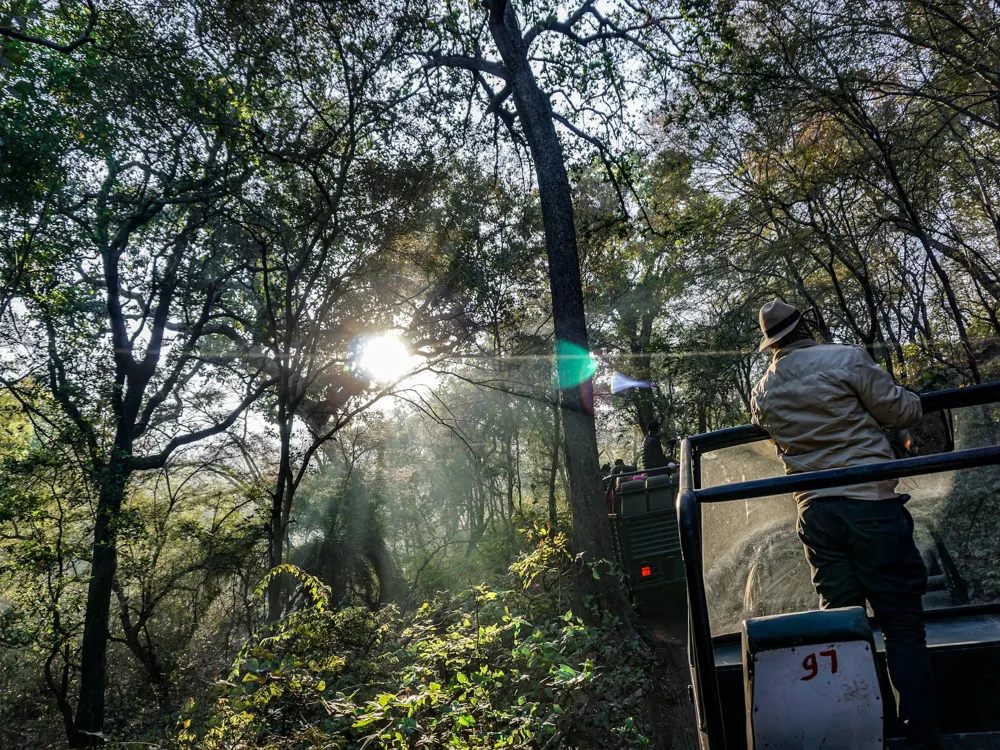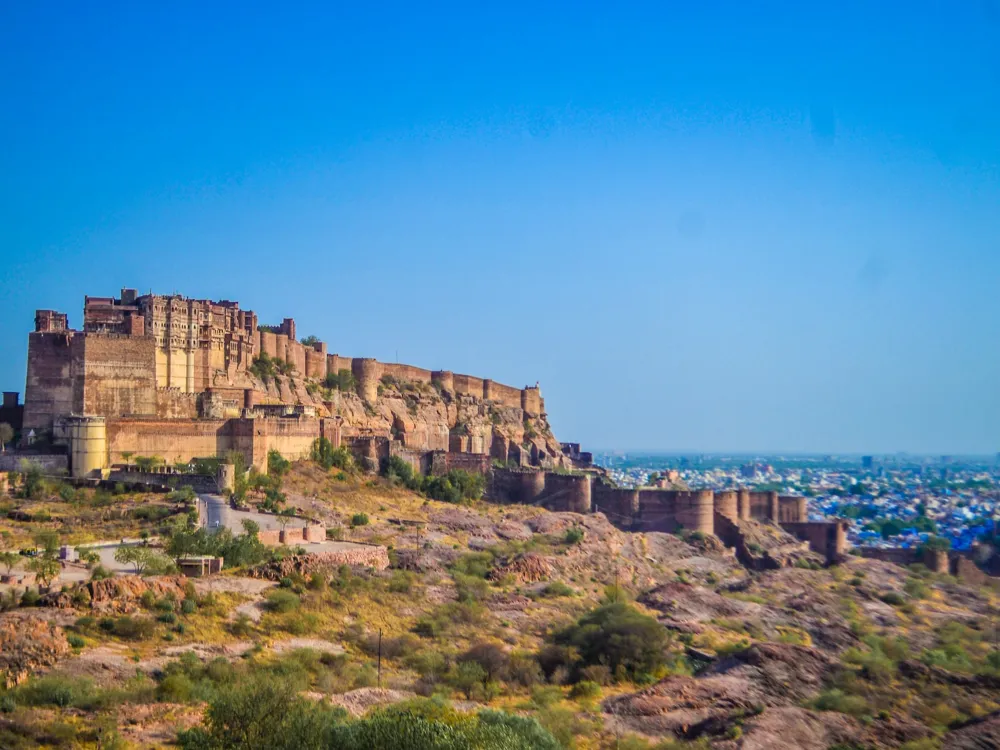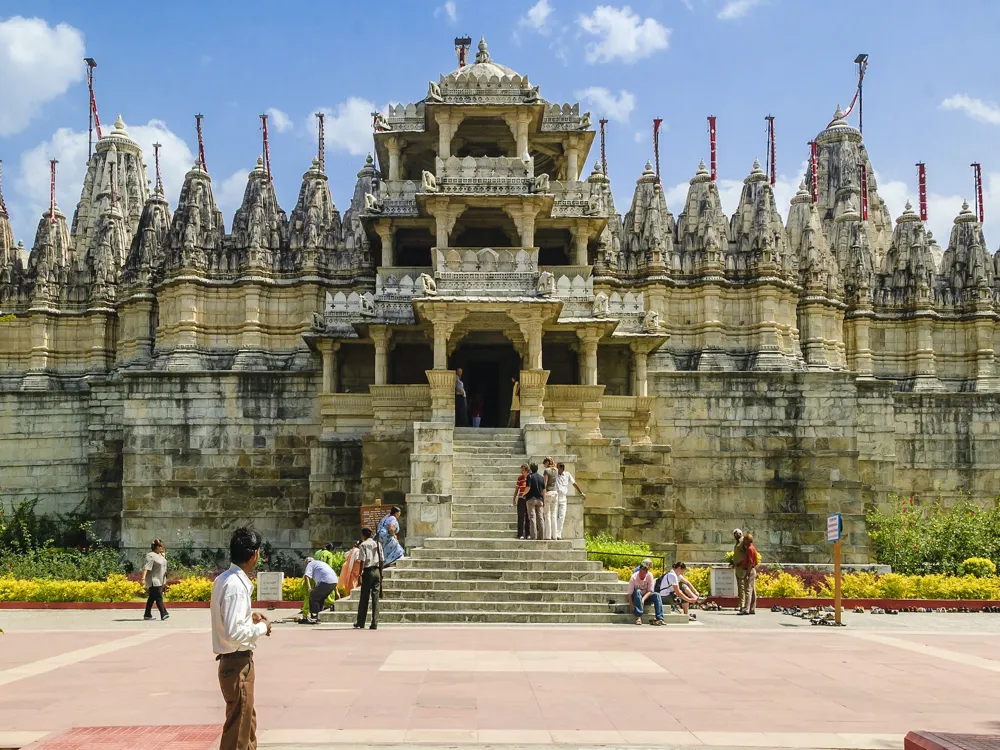Chittorgarh, in the heart of Rajasthan, India, stands as a testament to the rich history and cultural heritage of the Indian subcontinent. This ancient city, also known as Chittor, has been a witness to some of the most significant events in Indian history. Its landscape is dominated by the majestic Chittorgarh Fort, a UNESCO World Heritage Site, which is considered one of the largest forts in Asia. The city's history is steeped in tales of bravery, romance, and tragedy, deeply intertwined with the Rajput ethos of honor and valor. The story of Chittorgarh dates back to the 7th century when it was established by the Mauryans. It reached the zenith of its fame in the 12th to 16th centuries when it served as the capital of Mewar. The fort has seen three major sieges and each time, its inhabitants displayed extraordinary bravery. The tales of Rani Padmini’s beauty and valor, and Maharana Pratap's resistance against the Mughal empire, have been etched into the annals of Indian history, turning Chittorgarh into a symbol of Rajput pride and spirit. The city is not just about its glorious past; it is also a vibrant center of Rajasthani culture. The local cuisine, colorful festivals, and traditional arts and crafts offer a unique experience to visitors. Chittorgarh is also known for its natural beauty, with verdant landscapes, serene rivers, and a rich diversity of flora and fauna, making it a perfect blend of history, culture, and natural beauty. The architecture of Chittorgarh is a splendid display of the skill and artistry of Rajput builders. The Chittorgarh Fort, sprawling over a hill of 590 feet in height and spread over 700 acres, is the most significant architectural marvel in the city. The fort's construction illustrates the expertise in planning and engineering of the time. It houses several palaces, gates (known as 'Pol'), towers, and temples, each with its unique architectural style and significance. One of the fort's most notable structures is the Vijay Stambha or Victory Tower, built in the 15th century by Maharana Kumbha. This nine-storyed tower, adorned with sculptures of Hindu deities and episodes from the epics like Mahabharata and Ramayana, stands as a symbol of victory over the armies of Malwa and Gujarat. Another notable structure is the Kirti Stambha, dedicated to the first Tirthankara of Jainism, Adinatha. The Gaumukh Reservoir, a deep tank fed by a spring coming through a carved cow’s mouth, is one of the fort’s architectural wonders, reflecting the ingenious water management of the Rajputs. The palaces within the fort, like Rani Padmini's Palace and Rana Kumbha Palace, showcase a blend of Rajput and Mughal architectural styles. Intricate carvings, jharokhas (overhanging enclosed balconies), and detailed murals in these palaces depict the artistic excellence of the era. The fort's temples, such as the Meera Temple and Kalika Mata Temple, are also architectural marvels, displaying intricate carvings and a serene spiritual ambiance. The fort’s strategic positioning and its massive walls, interspersed with seven giant gates, reflect the Rajput focus on strength and defense. Each gate is a marvel in itself, with detailed architectural designs and historical significance. The panoramic view of the city from the fort is breathtaking, showcasing the blend of natural beauty and architectural grandeur that Chittorgarh embodies. The ideal time to visit Chittorgarh is from October to March. During these months, the weather is pleasant, making it comfortable to explore the fort and the city. The summer months can be extremely hot, and the monsoon season, while scenic, can make navigation challenging. Chittorgarh offers a range of accommodations, from luxury hotels to budget stays. Ensure to book in advance, especially during the peak tourist season. The city is well-equipped with modern facilities, yet retaining its historical charm, offering a comfortable stay for visitors. For moving around in Chittorgarh, options like local buses, taxis, and auto-rickshaws are available. Hiring a taxi for a full day is advisable for a more comfortable and flexible sightseeing experience. While visiting the temples and historical sites, it's important to respect local customs and traditions. Dress modestly, especially in religious places, and always ask for permission before taking photographs of people or private properties. Given the dry climate of Rajasthan, it's crucial to stay hydrated. Carry water bottles, sunblock, and hats to protect against the sun, especially if you're visiting during the day. Chittorgarh is well-connected by road, rail, and air. The nearest airport is in Udaipur, about 70 kilometers away. Regular bus services connect Chittorgarh with major cities like Jaipur, Udaipur, and Delhi. Chittorgarh railway station is a major stop for many long-distance trains. For those who prefer road trips, the city is connected through well-maintained national and state highways.Overview of Chittorgarh, Rajasthan
Architecture of Chittorgarh
Tips When Visiting Chittorgarh
Best Time to Visit
Accommodations and Facilities
Local Transportation
Respect Local Culture
Stay Hydrated and Protected
How To Reach Chittorgarh
Bhainsrorgarh Wildlife Sanctuary
Chittorgarh
Rajasthan
₹ 9,200 onwards
View chittorgarh Packages
Weather :
Tags : Wildlife
Timings : 9:00 AM - 6:00 PM
Time Required : 1-2 hours
Entry Fee : No entry fee
Planning a Trip? Ask Your Question
Chittorgarh Travel Packages
View All Packages For Chittorgarh
Top Hotel Collections for Chittorgarh

Private Pool

Luxury Hotels

5-Star Hotels

Pet Friendly
Top Hotels Near Chittorgarh
Other Top Ranking Places In Chittorgarh
View All Places To Visit In chittorgarh
View chittorgarh Packages
Weather :
Tags : Wildlife
Timings : 9:00 AM - 6:00 PM
Time Required : 1-2 hours
Entry Fee : No entry fee
Planning a Trip? Ask Your Question
Chittorgarh Travel Packages
View All Packages For Chittorgarh
Top Hotel Collections for Chittorgarh

Private Pool

Luxury Hotels

5-Star Hotels

Pet Friendly














